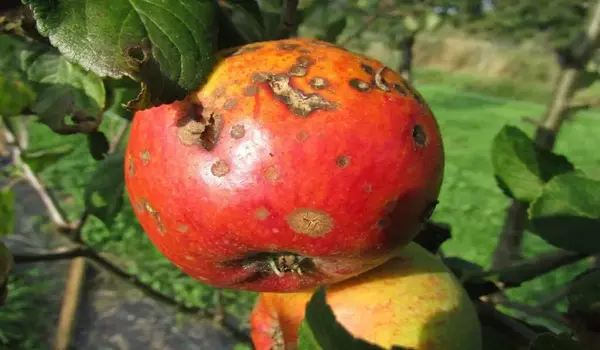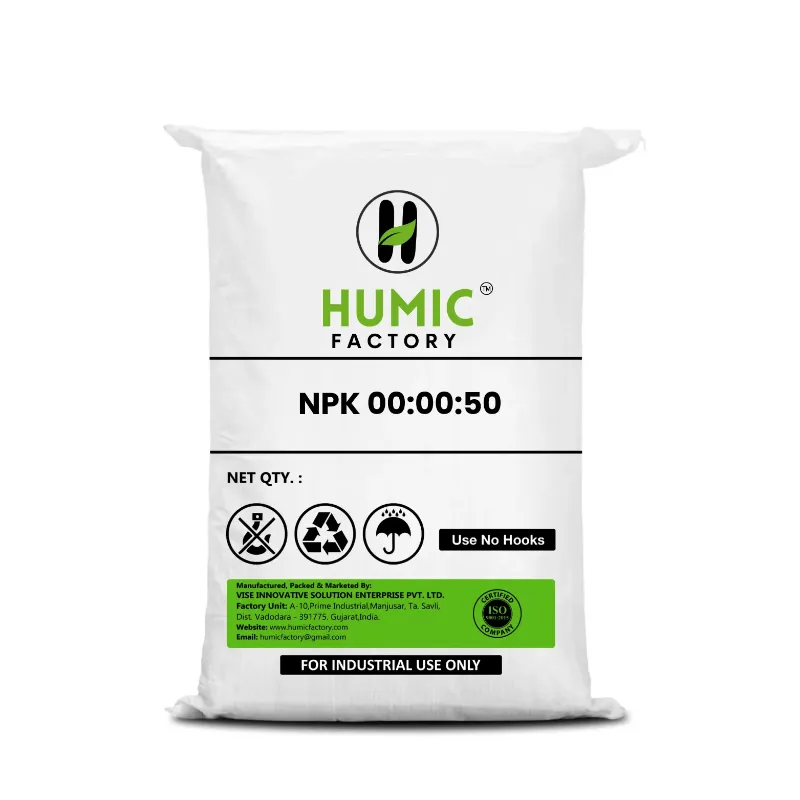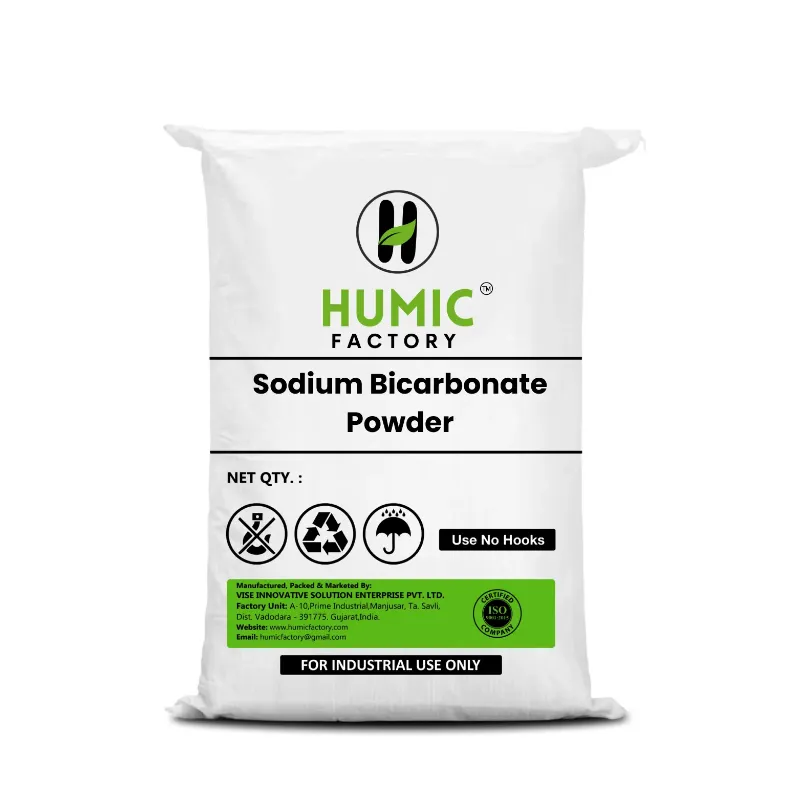Bacterial blight is a significant concern for vegetable farmers as it can rapidly damage crops, reduce yields, and affect overall plant health. While chemical treatments are available, many farmers are increasingly turning to organic solutions to combat bacterial blight due to concerns about soil health, sustainability, and environmental impact. Organic treatments, when applied properly, can effectively control the spread of bacterial blight and help maintain healthy crops without the use of synthetic chemicals. In this blog, we’ll explore various organic treatments and strategies for managing bacterial blight in vegetables, focusing on prevention, control, and maintaining a balanced ecosystem in your garden or farm. Bacterial blight is a disease caused by a variety of bacteria, most commonly Xanthomonas and Pseudomonas species. These bacteria attack the leaves, stems, and fruits of vegetable plants, leading to leaf spots, wilting, and in severe cases, plant death. Common symptoms include:1. What Is Bacterial Blight?
Water-soaked lesions on leaves: Initially, the infection appears as small, water-soaked spots that eventually enlarge.
Yellowing or browning of leaves: As the disease progresses, the infected areas turn yellow or brown.
Leaf drop: Infected leaves may fall off prematurely, reducing the plant's ability to photosynthesize.
Bacterial blight spreads rapidly in warm, moist conditions, especially after heavy rainfall or overhead irrigation. Therefore, timely action is crucial to prevent its spread and minimize crop loss.
2. Prevention: The First Line of Defense
The best way to control bacterial blight is through prevention. Implementing good agricultural practices can reduce the chances of infection and create a healthier growing environment.
a. Choose Resistant Varieties
One of the most effective ways to prevent bacterial blight is to plant resistant vegetable varieties. Many seed companies now offer vegetable seeds that are bred to resist bacterial diseases, including bacterial blight. Choosing resistant plants for your garden or farm is a proactive step in managing this disease.
b. Proper Spacing and Air Circulation
Crowded plants with poor air circulation are more susceptible to bacterial blight. Ensure that plants are adequately spaced according to the crop's requirements. Good airflow helps keep the plant's foliage dry, reducing the likelihood of bacterial growth.
c. Watering Practices
Avoid overhead watering, especially in the evening. Moisture on the leaves can create an ideal environment for bacterial blight to spread. Instead, use drip irrigation or water plants at the base to keep the foliage dry.
d. Crop Rotation
Rotate crops each season to prevent the buildup of disease-causing bacteria in the soil. Avoid planting the same vegetable family in the same location for consecutive years, as this can increase the risk of disease.
e. Sanitize Tools and Equipment
Contaminated tools can spread bacterial blight from one plant to another. Always sanitize gardening tools, especially after working with infected plants. A simple solution of water and bleach (10%) can be used to disinfect tools effectively.
3. Organic Treatments for Controlling Bacterial Blight
When bacterial blight has already infected your crops, organic treatments can be used to manage and reduce its impact. These treatments are natural, eco-friendly, and help maintain soil health while controlling the disease.
a. Copper-Based Fungicides
Copper-based fungicides are widely used in organic farming to control bacterial diseases. Copper has antibacterial properties that inhibit the growth and spread of bacterial blight. When applied as a foliar spray, copper fungicides form a protective layer on the plant’s surface, preventing bacteria from entering the tissue.
However, copper fungicides should be used with caution, as excessive use can lead to copper buildup in the soil, which may negatively impact soil microorganisms.
b. Neem Oil
Neem oil is another popular organic treatment for bacterial blight. Extracted from the neem tree, neem oil contains compounds that disrupt the life cycle of bacteria and other pests. Neem oil can be applied as a foliar spray to manage bacterial blight and other diseases. Its natural antibacterial properties help reduce the spread of the infection while promoting healthier plant growth.
c. Garlic Extract
Garlic extract is a natural antibacterial agent that can be used to combat bacterial blight. It contains sulfur compounds that are effective against a range of bacterial infections in plants. You can make a homemade garlic spray by crushing garlic cloves and steeping them in water. Strain the solution and spray it on affected plants to reduce bacterial blight.
d. Baking Soda Solution
Baking soda (sodium bicarbonate) is a versatile and accessible organic treatment for bacterial blight. When mixed with water and a small amount of liquid soap, baking soda helps create an alkaline environment on the plant’s surface, making it less hospitable for bacteria to grow.
Here’s how to make a simple baking soda spray:
Mix 1 tablespoon of baking soda, 1 teaspoon of liquid soap, and 1 gallon of water.Spray the mixture on affected plants every 7 to 10 days to manage bacterial blight.
e. Chamomile Tea
Chamomile tea is known for its mild antibacterial properties. It can be used as a foliar spray to control bacterial infections. Brew chamomile tea, let it cool, and then apply it to infected plants as a preventative measure or early treatment.
f. Compost Tea
Compost tea is a nutrient-rich liquid derived from compost that contains beneficial microorganisms. These microorganisms help outcompete harmful bacteria, reducing the spread of bacterial blight. Compost tea can be applied to both the soil and the plant's foliage as a natural remedy to boost plant immunity and suppress bacterial growth.
4. Managing Infected Plants
If your plants are already infected with bacterial blight, proper management is crucial to contain the disease and prevent it from spreading to healthy plants.
a. Pruning Infected Foliage
Remove infected leaves and plant parts as soon as you notice symptoms. Be sure to sanitize your tools between cuts to avoid spreading the disease. Pruning can help improve air circulation around the plant, making it harder for bacteria to thrive.
b. Disposing of Infected Plant Material
Do not compost infected plant material, as this could reintroduce the bacteria to your garden in the future. Instead, dispose of it by burning or placing it in sealed bags for disposal. This helps prevent the bacteria from spreading to other parts of your garden.
c. Soil Solarization
Soil solarization is a method used to kill harmful pathogens in the soil by covering it with clear plastic and letting the sun heat it up for several weeks. This can be an effective way to reduce the bacterial population in the soil, especially in areas where bacterial blight has been a recurring problem.
5. Promoting Plant Health for Natural Resistance
Healthy plants are naturally more resistant to bacterial blight and other diseases. Strengthening your plants’ overall health can help them better withstand infections and recover more quickly.
a. Improve Soil Health
Healthy soil is the foundation of a strong crop. Use organic fertilizers, compost, and soil amendments to improve soil structure and nutrient content. Rich, well-balanced soil encourages strong plant growth and helps plants resist bacterial infections.
b. Boost Plant Immunity with Seaweed Extracts
Seaweed extracts are a natural organic product that boosts plant immunity and improves their ability to resist bacterial infections. Regular applications of seaweed-based foliar sprays can strengthen plants, making them more resilient against bacterial blight and other diseases.
c. Mulching
Mulching around the base of your plants can help prevent soil-borne bacteria from splashing onto leaves during rainfall or irrigation. Organic mulches like straw, leaves, or wood chips are ideal for conserving soil moisture, regulating soil temperature, and reducing the spread of bacterial diseases.
6. Conclusion
Bacterial blight can be a challenging disease for vegetable farmers, but with the right organic treatments and preventive measures, it is possible to control and manage the infection effectively. By implementing good cultural practices, using organic treatments like copper fungicides, neem oil, and compost tea, and maintaining overall plant health, farmers can protect their crops and ensure a productive growing season.
Investing in preventative measures and using natural remedies to treat bacterial blight aligns with sustainable farming practices, promoting long-term soil health and ecological balance. Organic treatments not only manage bacterial infections but also support a healthier and more resilient farming environment.





